Session 3 started in Palmdale, CA. My plane was 5 1/2 hours late (thanks, United Airlines!) so instead of catching the scheduled bus with the rest of the group, I took a $120 shuttle ride from LAX to Palmdale through the beautiful but godforsaken Mojave Desert. As it turns out, the group's bus shredded a tire and broke down on Route 14, stranding everyone for 1 1/2 hours, so I didn't arrive much later than everyone else. The area is characterized by lots of Joshua trees.




The day started at Lockheed Martin's
Advanced Development Program, also known as Skunk Works. We had several interesting
briefings, and a tour of the P-791,
a giant, hybrid airship. Next, we visited Northrop Grumman, with
tours of the facilities where the F-35 (formerly the Joint Strike Fighter),
Global Hawk UAV, and
B-2 Spirit stealth bomber
are partially built.
The afternoon was spent at Edwards
Air Force Base, the Air Force's main site for fighter jet testing, test pilot
education, and flight research. This is where most of the events of
The Right Stuff took place. The pictures below were taken at the mobile base
for controlling the Global Hawk.
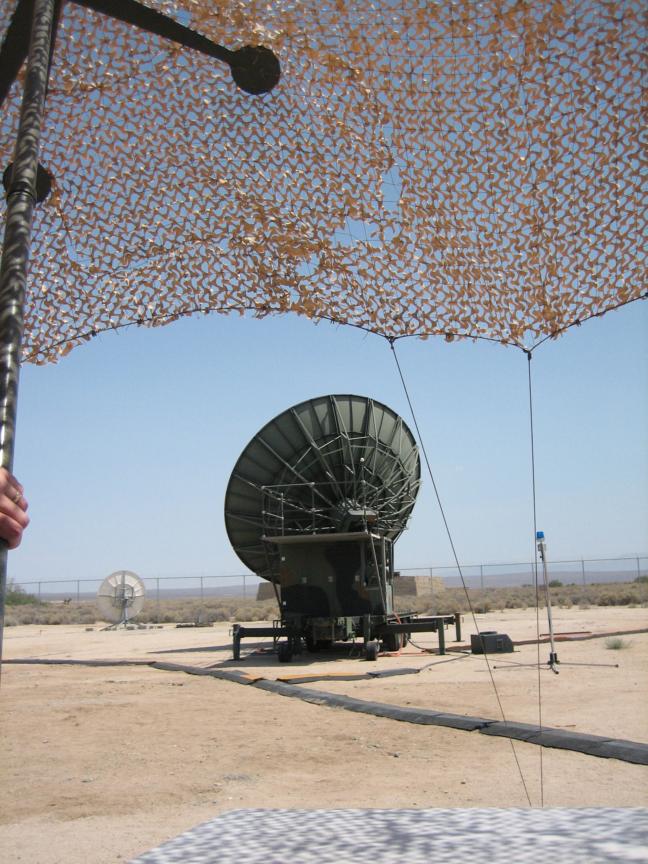





It was pretty hot!
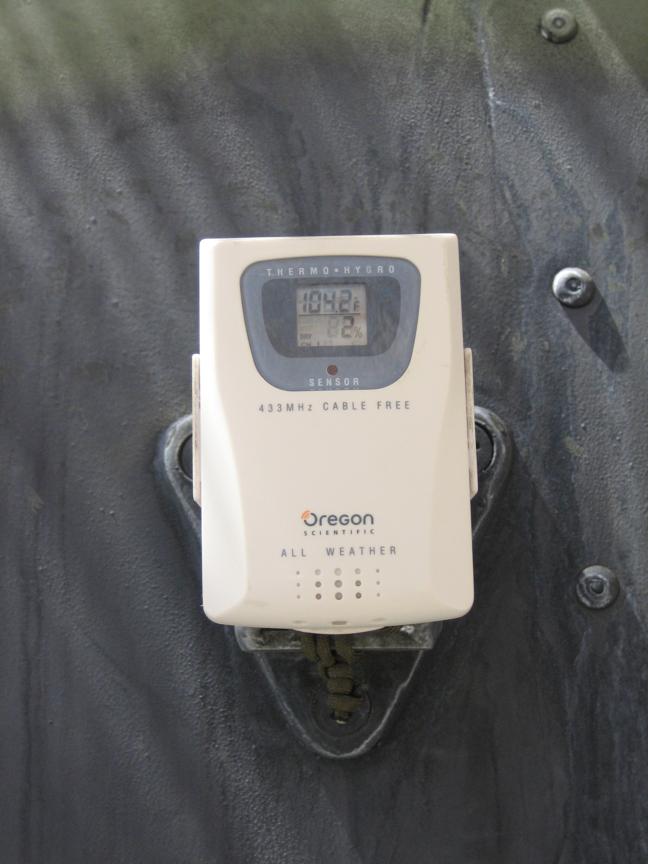
We also had a tour of the Airborne
Laser, basically a 747 modified to carry a massive laser- pretty incredible- and the
Benefield Anechoic Facility,
a giant, otherworldly room filled with blue cones that can hold virtually any plane
in the air force (used for RF testing). Finally, we flew on a KC-135 to Las Vegas, going directly
to the Luxor Casino to see the IMAX film Fighter Pilot:
Operation Red Flag. (Red Flag is the
name for the air combat training exercises that take place at Nellis Air Force Base several times each year.)




We spent the next day at Nellis Air Force Base, beginning
with a tour of an A-10
fighter jet. The tour took place on Nellis's famous flight line; in the half hour
we were there, about 15 fighter jets must have taken off and landed (some extremely
loudly!).





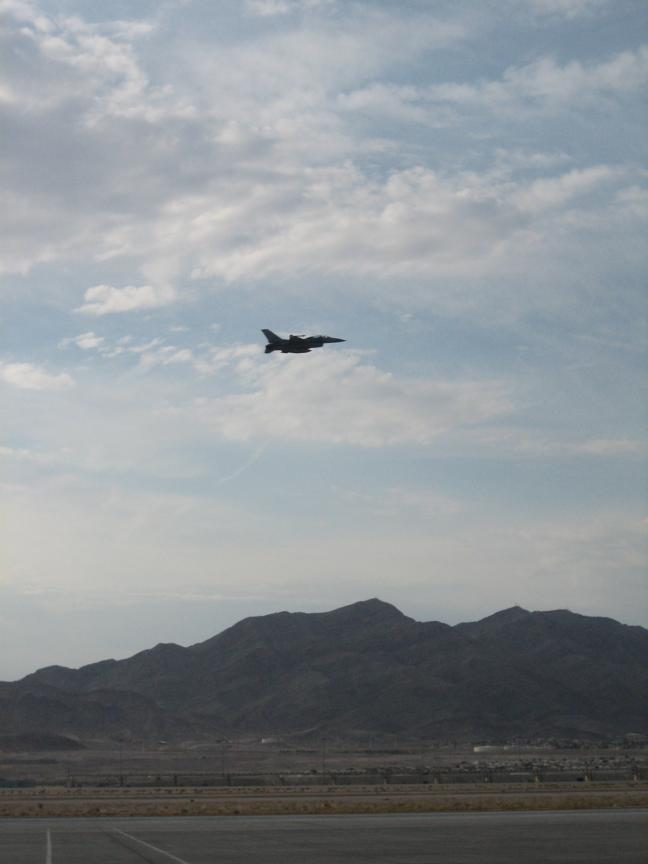
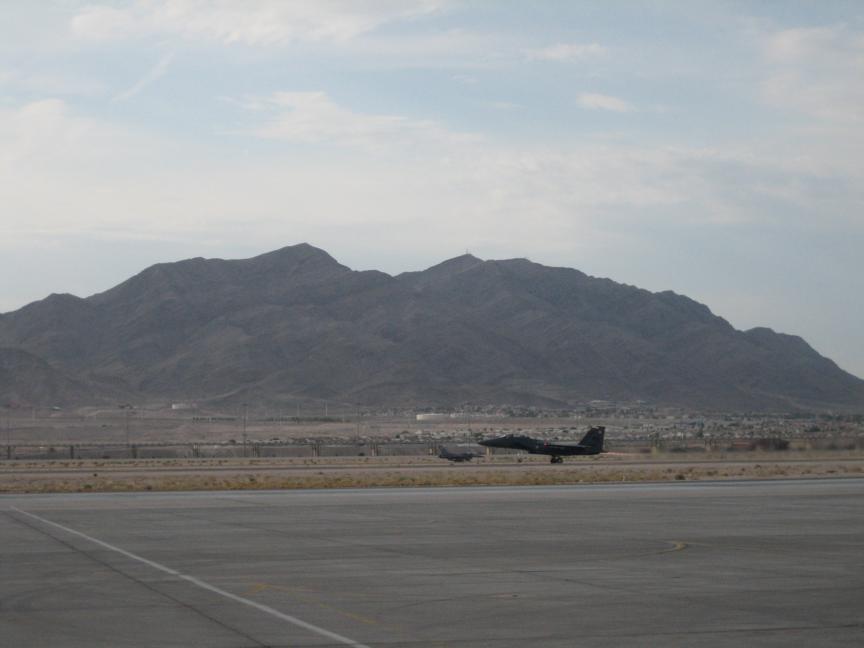

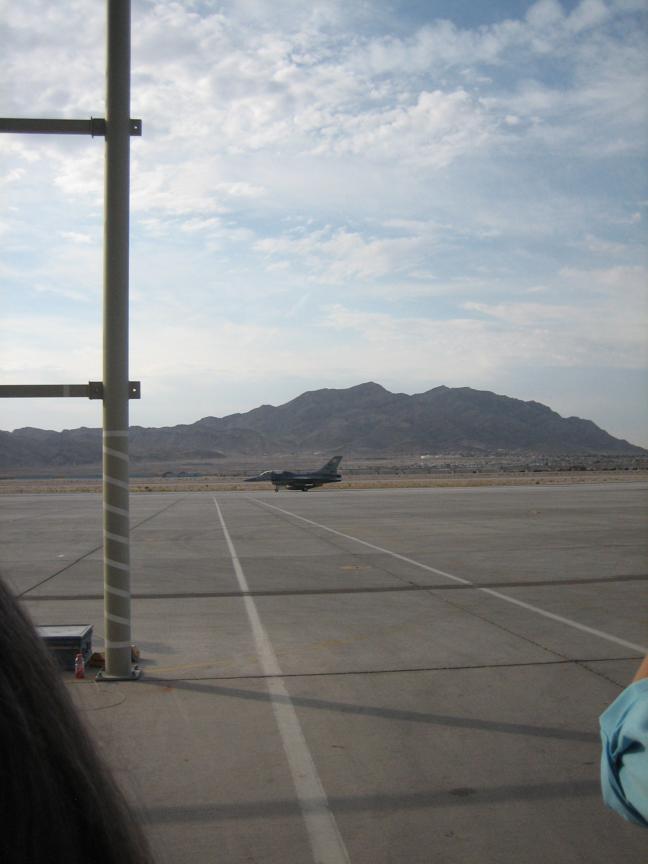








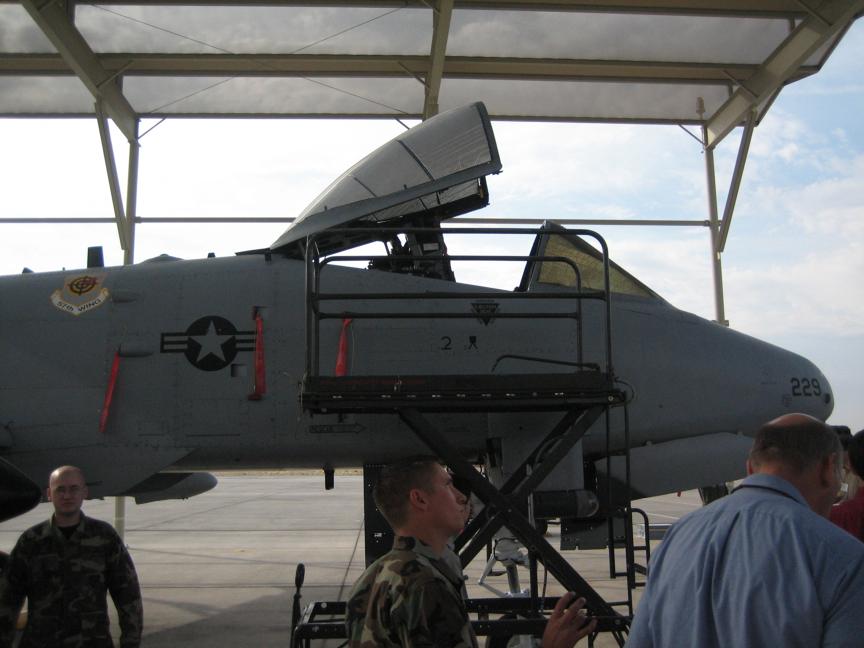
It would probably be better not to be on the business end of the A-10's 30mm
Gatling gun:

I like this picture:
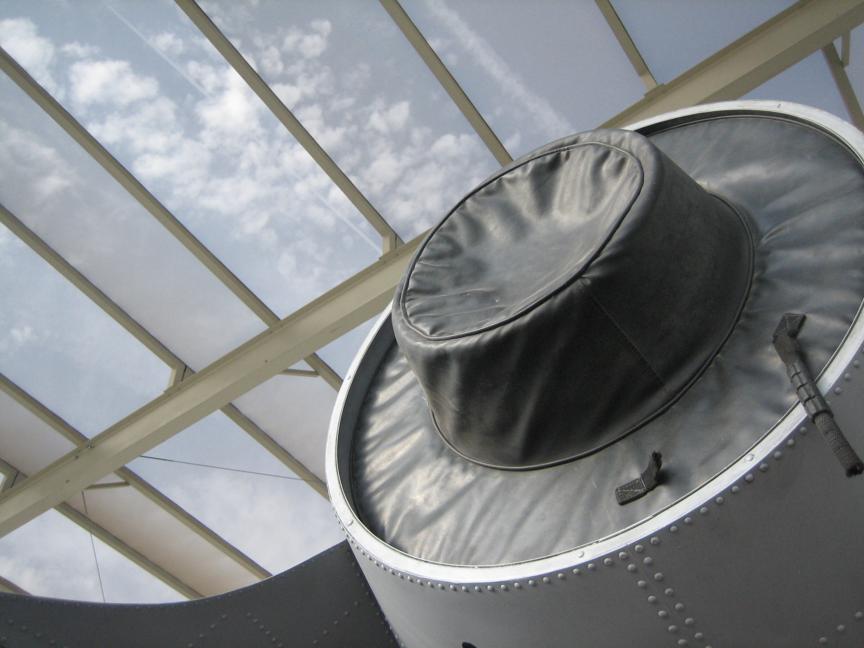
At Nellis we had several interesting briefings on the Red Flag and other
combat exercises; the Nevada Test and Training Range
is quite extensive. We also toured the facility where operators are trained on
the Predator UAV, which is used extensively
in the Middle East. Here's the control room:

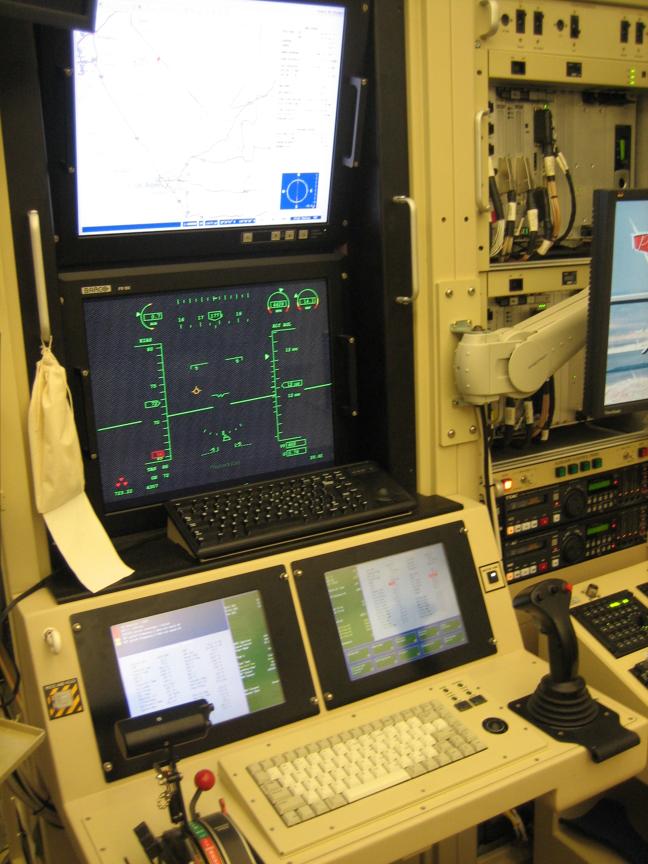

And here's a couple of Predators themselves:
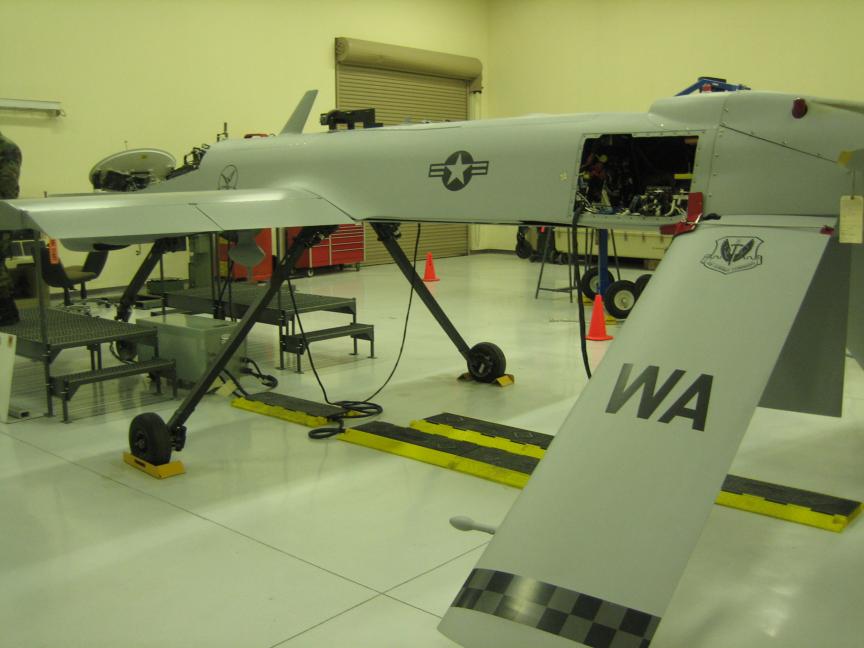


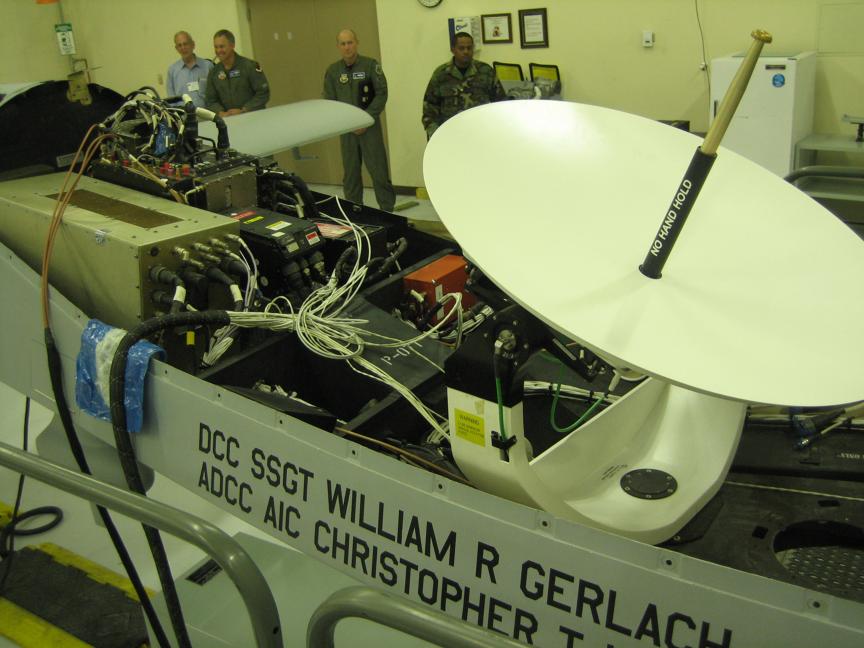


One of the highlights of the whole trip for me was our visit to the
Nellis
Threat Training Facility, also known as the "Petting Zoo". This area is
filled with enemy tanks, missile launchers, helicopters, planes, and radars that you can
climb all over (mostly from the Russian cold-war period).


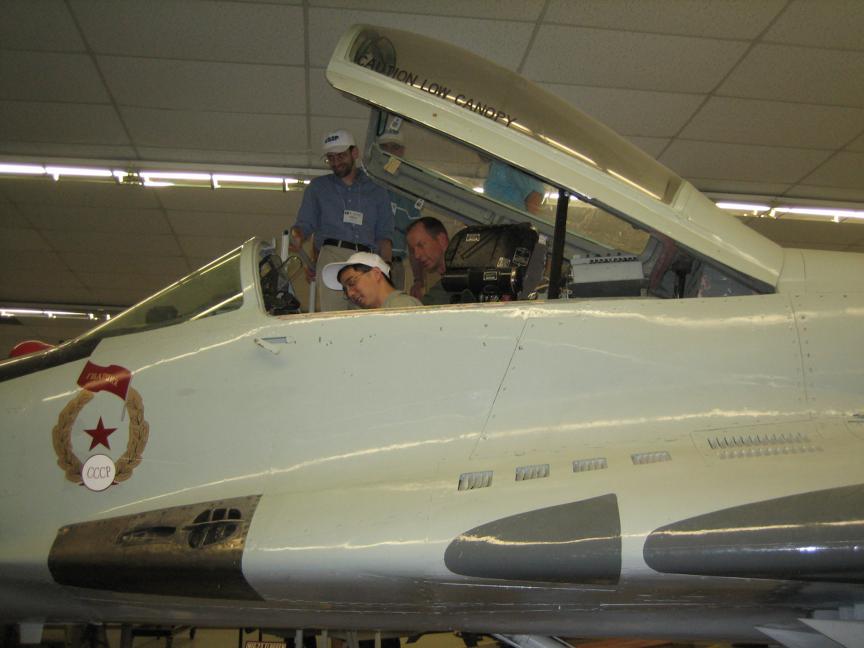





Morley and I in the MiG-29:
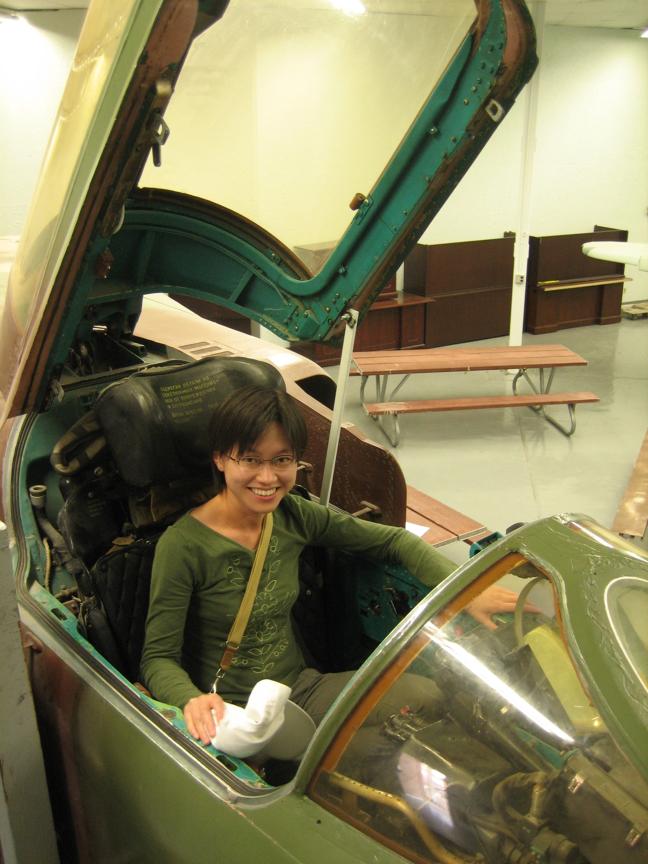

Not being a military expert, I won't try to sort out the names and provenances
of all this stuff, but it sure was cool:





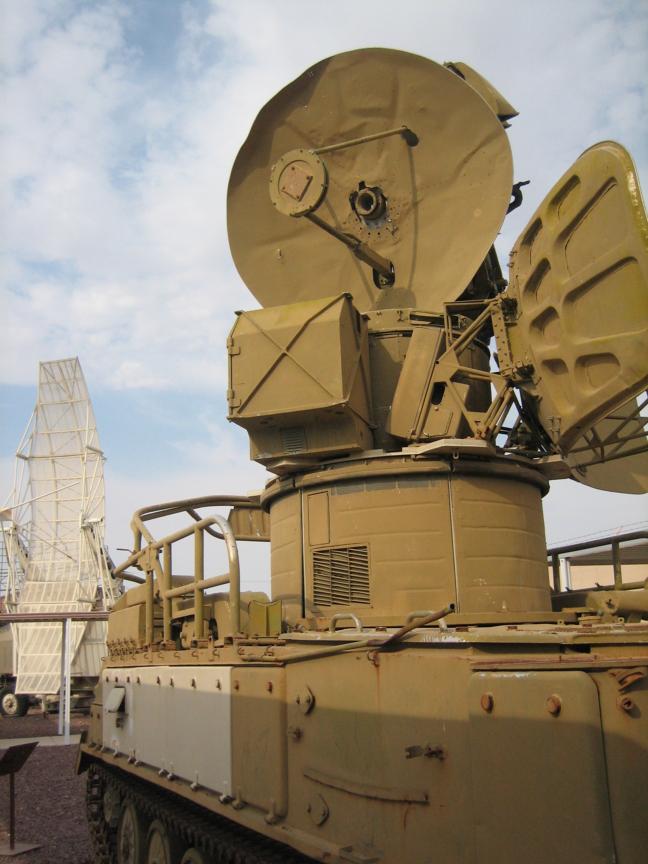



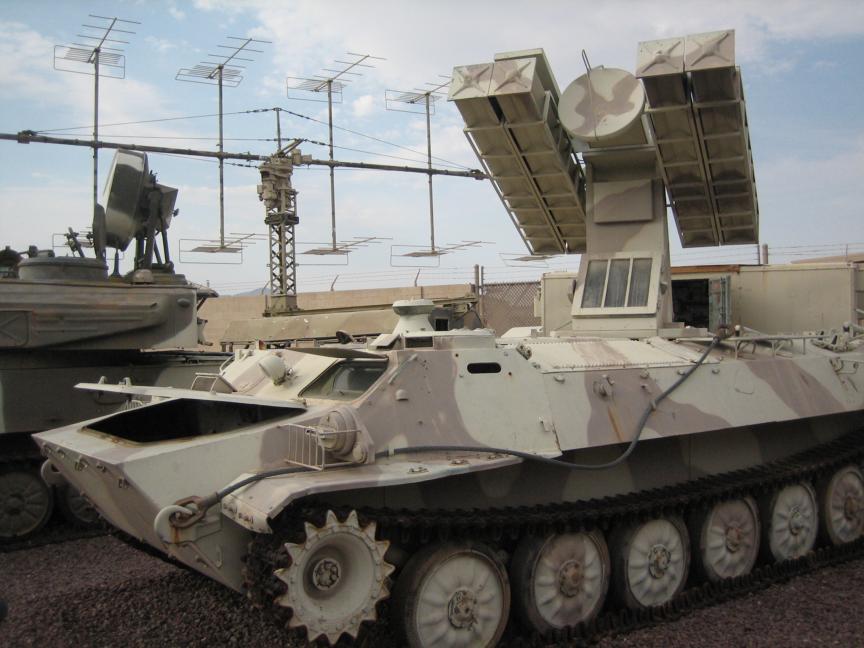



This guy looks like he's seen better days- no neck, shot-up clothes:




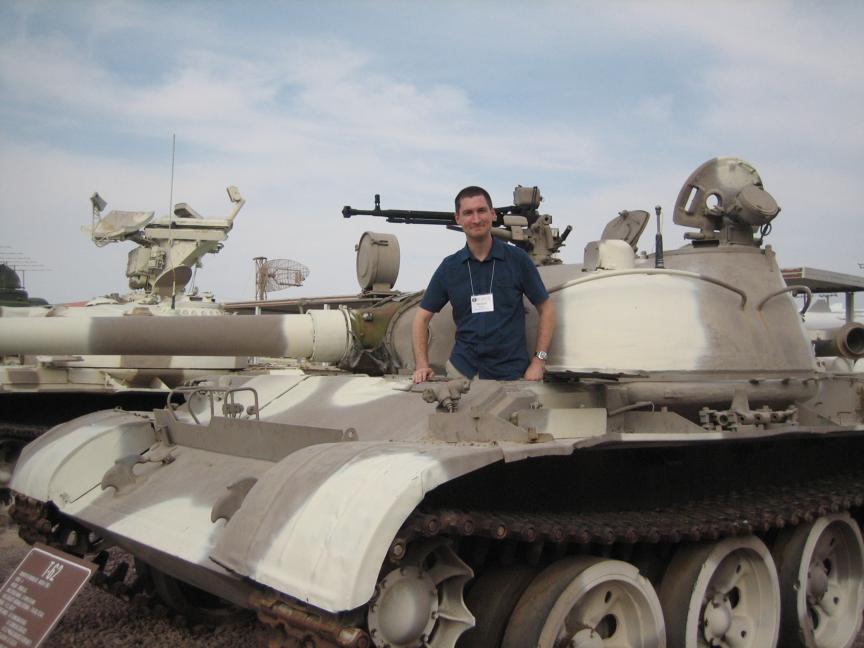




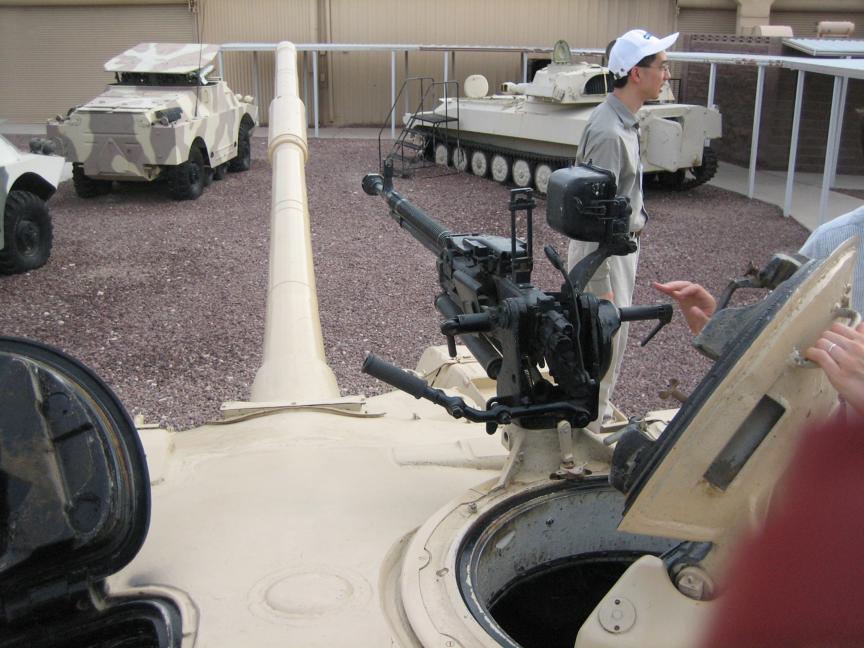




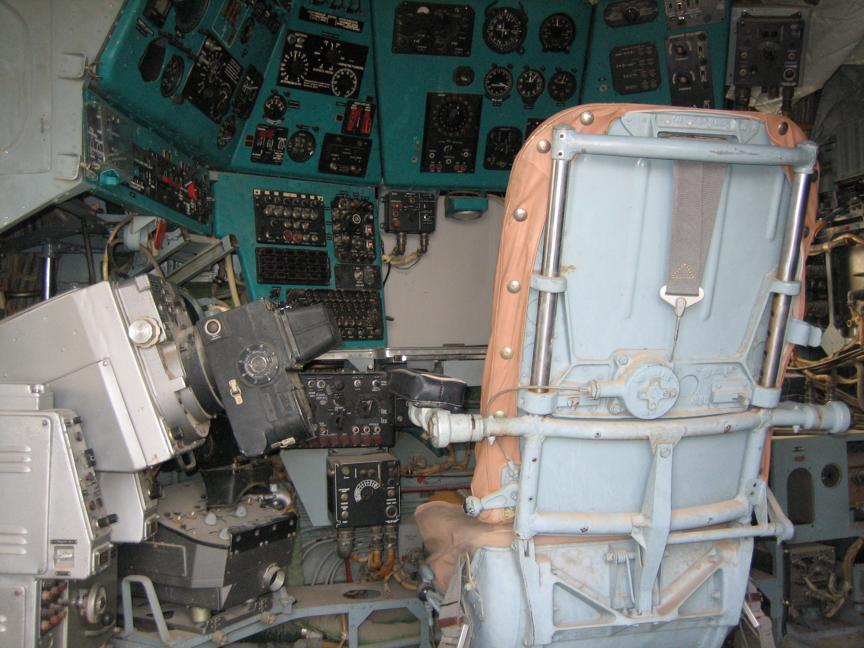

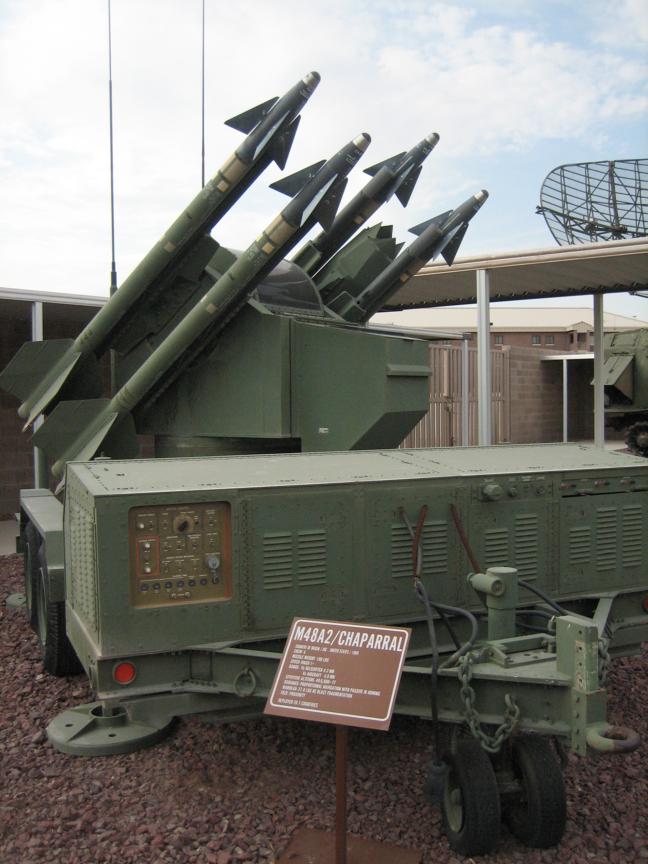
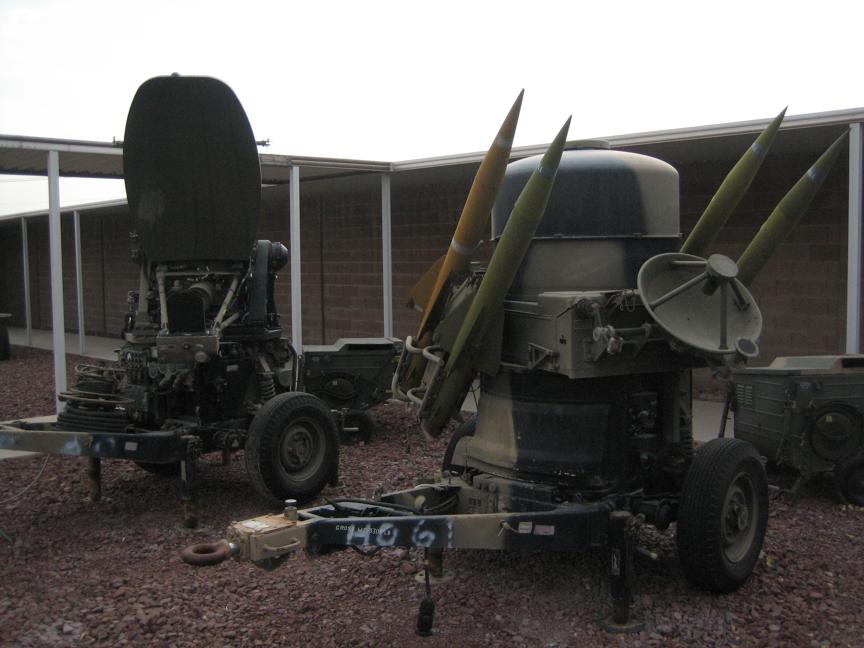

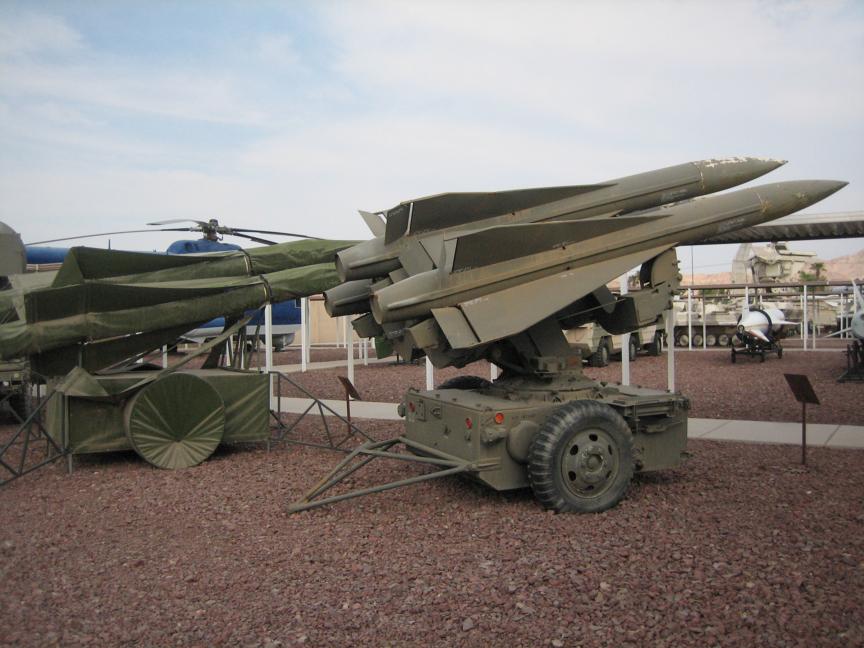

I had a moment of panic when I turned around in the Petting Zoo and found I was
alone, with seemingly no way out and behind an opaque chain-link fence (and with a
plane to catch). Luckily someone must have heard me yelling and came to let me
out before I made us all late. However, I'm proud of the pictures I was taking
when I wandered off from the group: a bird that had made its nest in some old
Russian anti-aircraft gun:

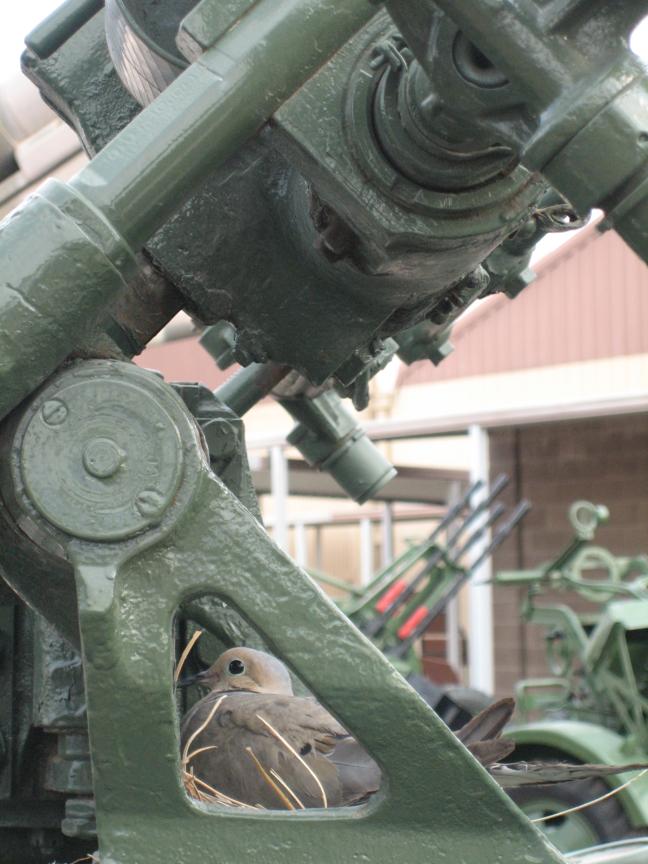


I wouldn't like to be surprised by this guy:
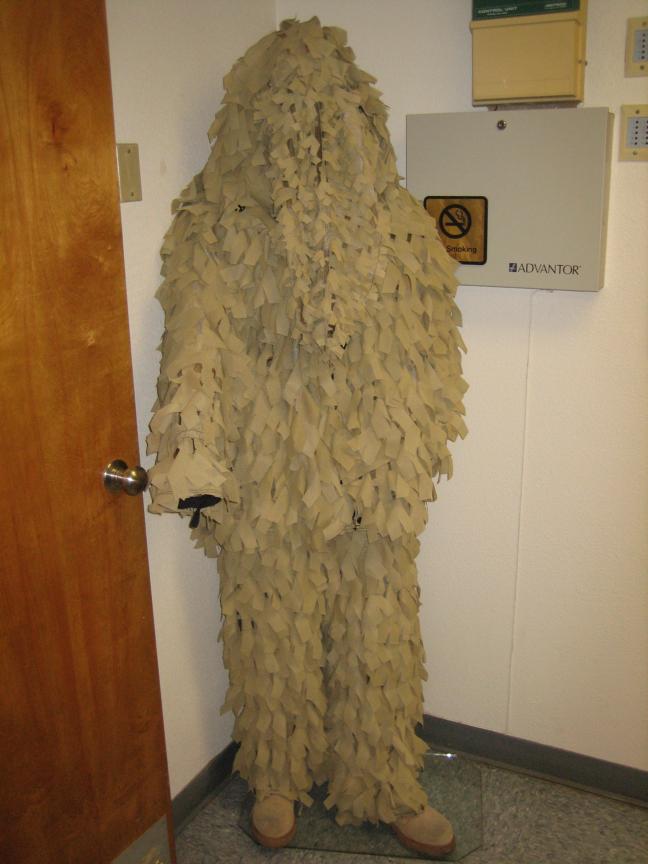
The Nellis area was quite pretty:


As on the previous trip, we traveled every afternoon on a
KC-135 military aircraft, this
one crewed by a unit from the Tennessee Air National Guard.
I think we all agreed that traveling by military aircraft is a vastly
superior experience to the commercial experience. The planes take off exactly
on time, as soon as everyone is aboard; there are no restrictions on liquids or
electronic device usage; you can wander around the cabin and even into the cockpit;
the crew is polite and helpful. Similarly, staying in various Air Force Inns was
great; at a couple points we each had multi-room suites, yet the cost per night was
around $30-$40. Finally, the food on military bases was generally good quality and
amazingly cheap. For example, where else can you get a custom-made omelet with
whatever you want in it for $0.35?
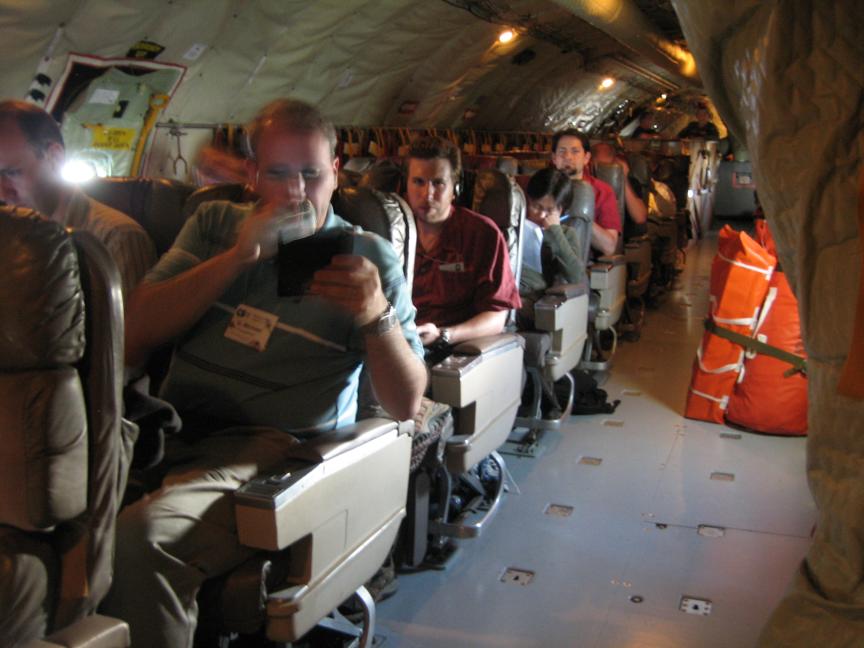
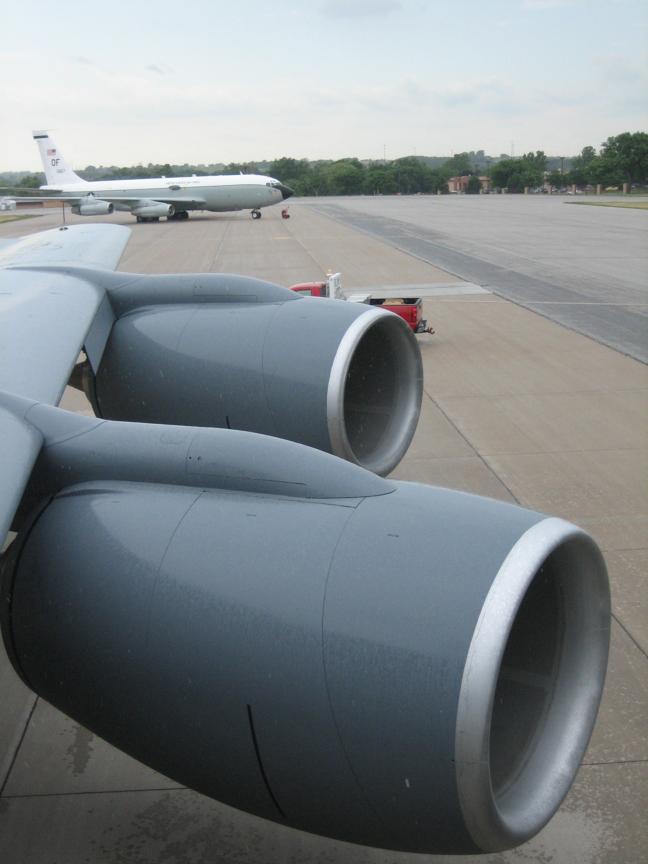


Rocco diligently reviewing:

Others (who will remain nameless) spent the flights playing Mario Kart DS.
On this flight, they opened up the boom in the rear of the aircraft
(the boom operator lies on his stomach here, looking out the window as
he refuels a plane). It was actually very peaceful.






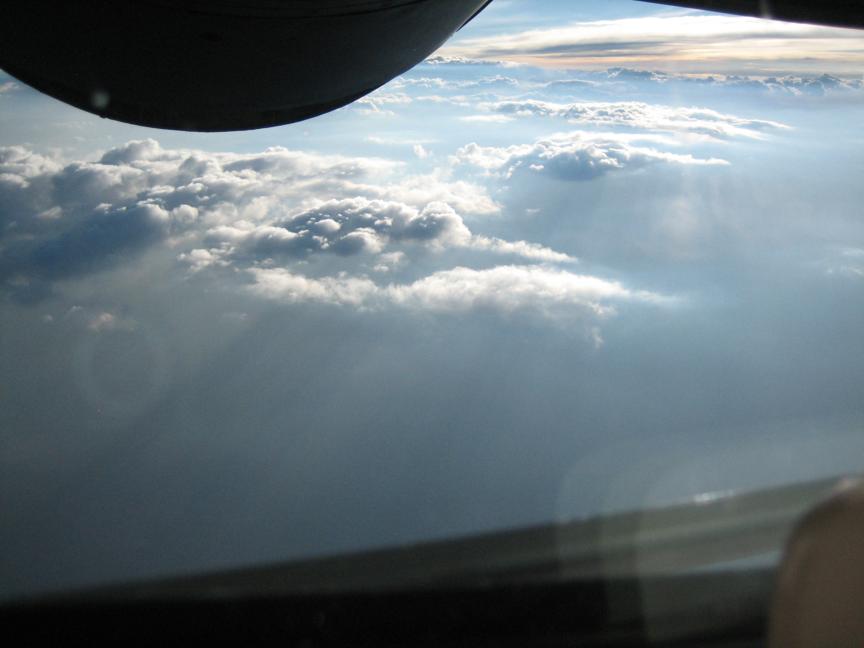


Landing at Peterson Air Force Base, Colorado Springs, CO:

We spent the next morning at Schriever Air Force Base,
home of the 50th Space Wing, which manages the GPS (and other military) satellites. It seemed like a nice
area.


In the afternoon, we visited NORAD (formerly
housed in Cheyenne Mountain, of WarGames and Stargate SG-1 fame), primarily responsible for
air/missile defense of the US. NORAD is now collocated with US
Northern Command (NORTHCOM), a combatant command set up (or should I say "stood up") after 9/11 for
military operations in North America.
That afternoon, we flew to Offutt Air Force Base in Omaha, Nebraska. I was in
the cockpit for landing, and it seemed like a pretty area- winding river,
lots of trees.
Many phones in our billeting featured instructions on what to do in case of
a bomb threat:

Offutt is the home of US
Strategic Command (STRATCOM), originally set up for control of the US's nuclear
weapons (it now has additional functions). On 9/11, the president was taken to
STRATCOM, inside the hardened facility we visited.

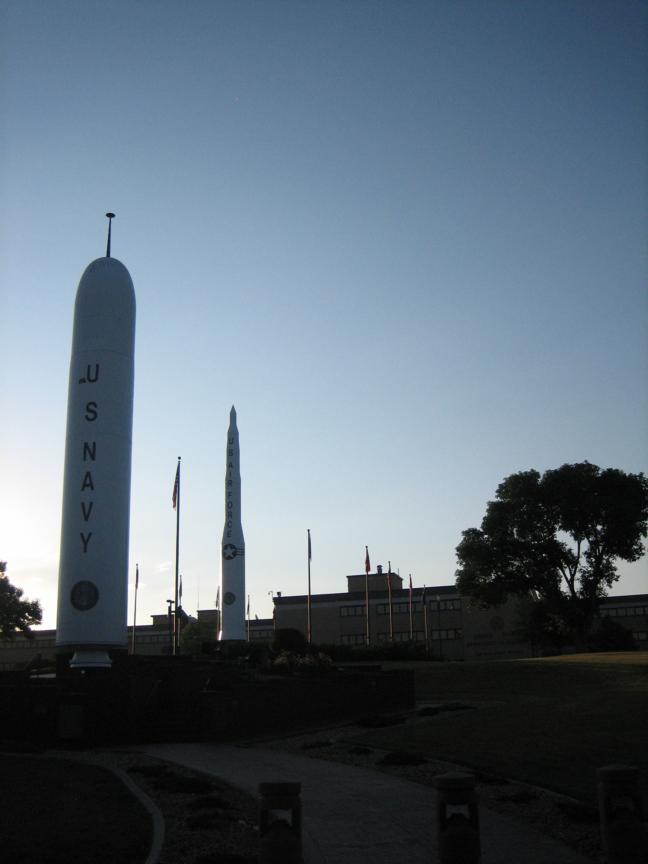



Our last MILAIR flight was to Scott Air Force Base in
Illinois, just over the border from St. Louis, MO.


We had dinner with Gen.
Norton Schwartz, Commander of the US Transportation
Command (TRANSCOM). On the last day, we visited TRANSCOM, and were
briefed by Gen. Schwartz himself. We rounded out the visit with a trip to
DISA CONUS (somewhat like the
DoD's ISP), and briefings at Boeing Integrated
Defense Systems in St. Louis.


I'll conclude by saying that IDA has done an excellent job of organizing these jam-packed tours.
In particular,
Lt. Gen. Pete Kind, US Army (ret)'s commitment to helping us learn about all
facets of the DoD has been outstanding. It is also great to have the advice
of our distinguished mentors Gen. Larry D. Welch, US Air
Force (ret), Gen. Mike Carns,
US Air Force (ret), Maj. Gen. Chuck Sutten, US Army (ret), and Louis Andre, Defense
Intelligence Agency (ret) to put what we hear into context. Finally, Lt. Col. Karen Olson, US
Air Force (ret) of IDA has uncomplainingly done the what-must-be-thankless job
of keeping us all on time and in line. I'm looking forward to Session 4 at
the intelligence agencies in the DC area (for which there will surely be no pictures!)
If you're a citizen of the US and are a pre-tenure professor doing research
related to computer science, I strongly recommend you apply for this program. The FY 08
solicitation can be found here.
Here's a map of all the places we've been so far:
Tagzania: Items by rjradke